Plan your Suzhou tour? Suzhou has four most famous classical gardens listed as World Cultural Site which includes Canglang Pavilion (沧浪亭). Canglang Pavilion is typical of the classical gardens in Song Dynasty (960 – 1279), the oldest private garden in Suzhou. The other three world-heritage crowned gardens are Humble Administrator’s Garden, Lingering Garden , and Lion Grove Garden.
ABC of Canglang Pavilion
Canglang Pavilion literally means “Surging Waves Pavilion”. The garden was built in the year 1044 by the famous poet named Su Shunqing (1008–1048) in Song Dynasty.
The garden features the Song Dynasty layout and design. The name Canglang originates from a verse in a poem written by Qu Yuan (340 BC-278 BC). Qu Yuan wrote the verse to allude to an honest official who rather resign from his office than do in a corrupt way.
Su Shunqing (苏舜钦) used the verse to express his emotion after his removal from office. In Northern Song Dynasty ( 960 -1279). In 1044, He was removed from office and and settled down in Suzhou. He later bought the abandoned the land and built a garden named “Canglang Pavilion”. He often sailed a boat for playing. Often with Ouyang Xiu, Mei Shengyu and so on to write poems. Since then the name of Canglang spread.
The ownership of the garden changed many times and went through a bunch of renovations and revamping. The garden was opened to the public in 1955 and in 2000 it was listed the UNESCO world cultural heritage site together with other three classical gardens in Suzhou.
How to get to Canglang Pavilion
The Surging Waves Pavilion is located at No.03 Cangang Pavilion Street, Renmin Road, Gusu District in the south of the ancient city of Suzhou. Canglang Pavilion is often put together with Master of the Nets Garden on a same day trip since the two gardens are within walking distance.
The major classical attractions are located the old area, or particularly within the ancient city moat in Suzhou, as you see the Google Map below. And Canglang Pavilion is just a 16-minute way to the west of Master of the Nets Garden.
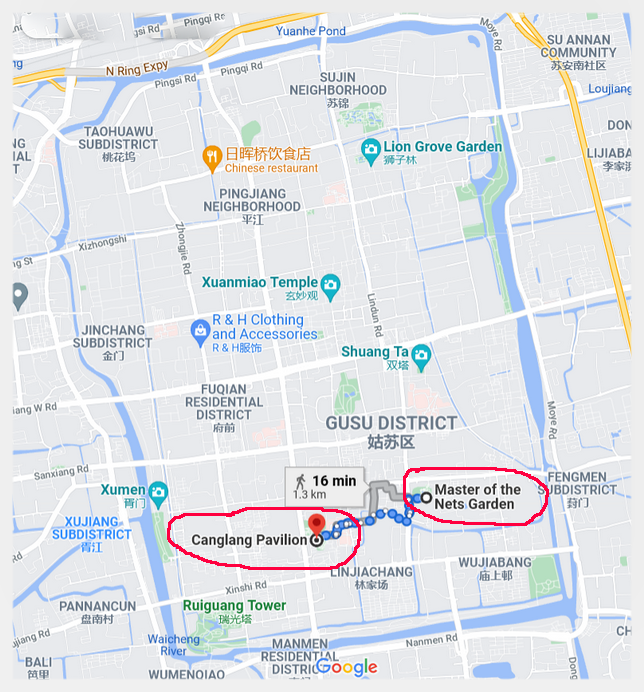
Public transport:
Bus lines going to Canglang Pavilion:
1) Tourist Bus 2, Tourist Bus 4 and Tourist 5;
2) Bus 1, Bus 5, Bus 7, Bus 30, Bus 39, Bus 101, Bus 102, Bus 103, Bus 218, Bus 261, Bus 308 and Bus 309.
Entrance fees:
RMB 20 (April 16 – October)
RMB 15 (November – April 15)
Enquiry Tel: 0512-65293190
How to visit Canglang Pavilion
The garden art of Canglang Pavilion is unique. Before entering the garden gate, there is a pool of green water set on the northern entrance to the garden and people have to walk across a bridge to enter the main gate (the north gate).
The garden is set on a hill in the centre topped by the famous Canglang Pavilion after which the garden is named.
The hill is surrounded by the small lake lined with rockeries and the old trees.
The garden lacks the northern wall, which gives people an illusion of space by borrowing scenes from the lake outside the north of the garden.
The wave-type long corridor with leaky windows frames beautiful views from the outside of the garden. The verdant bamboo garden is one of the highlights in Canglang Pavilion. The bamboo garden boasts of over 20 kinds of bamboos.
The largest building in the garden is Mingdao Hall (明道堂) with in the southeast of the garden. The hall has some impressive furniture made from the gnarled roots of Banyan trees.
Ming Dao Hall was created by Zhang Shusheng (张树声), the governor of the twelfth year of Tongzhi in the Qing Dynasty. Used to be the venue for meetings and lectures. Now it is an open venue for religious activities attached to a temple.
Virtual Tour of Canglang Pavilion
Follow me to have a virtual tour of Canglang Pavilion.
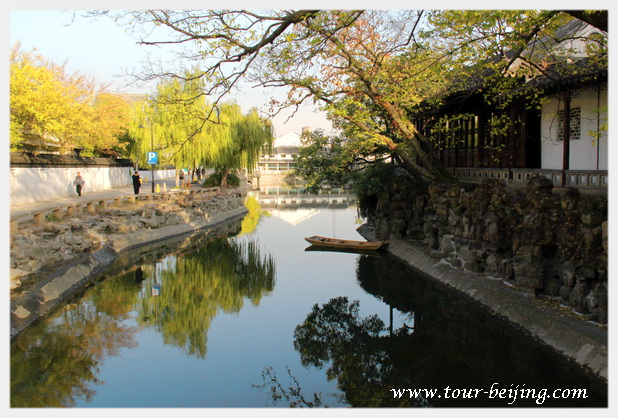
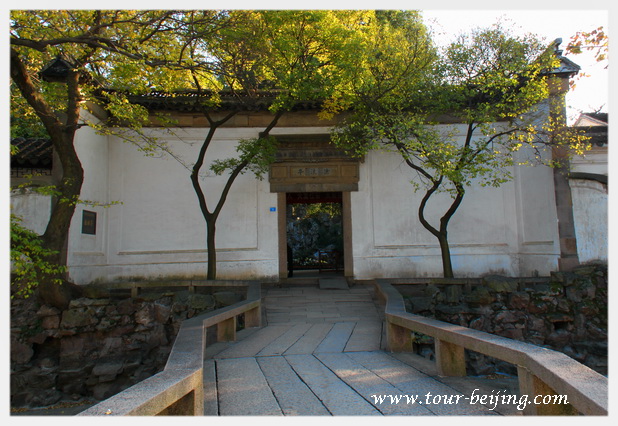
The north of the garden has no wall, but a long corridor with leaky windows framing the outside lake views.
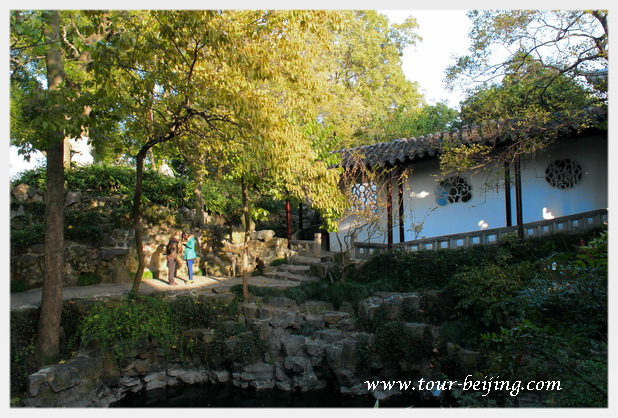
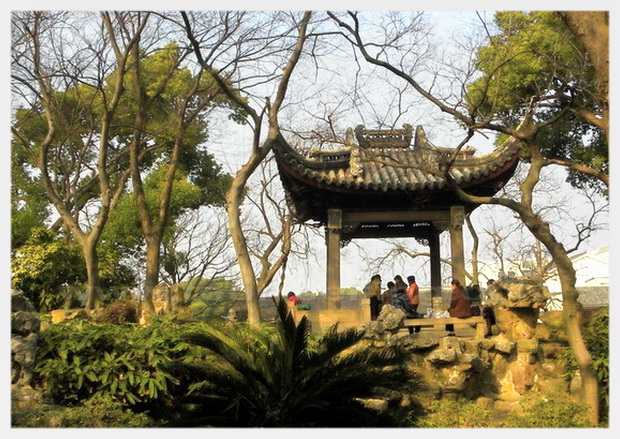
Cuilinglong Pavilipn or the Bamboo Pavilion in the garden has three rooms and several side rooms of different sizes. It was given its name by Han Shizhong (韩世忠) in the early shaoxing period of the Southern Song Dynasty, and he took the name from a poem written by Su Zi (苏子) that “The autumn color enters the forest and becomes dark and red, while the sunlight shines through the green and emerald bamboos”.
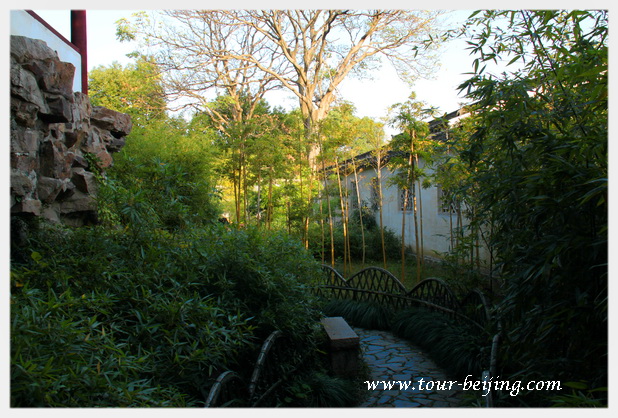
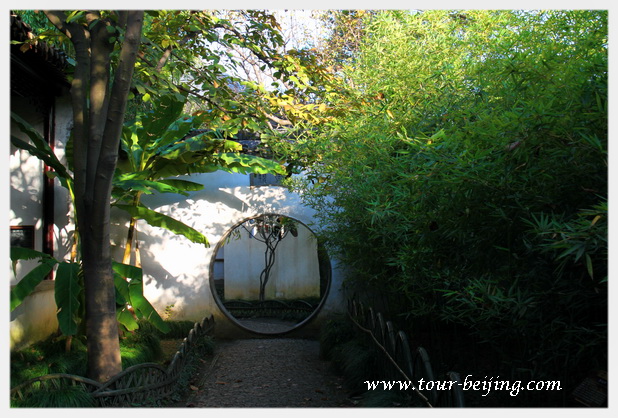
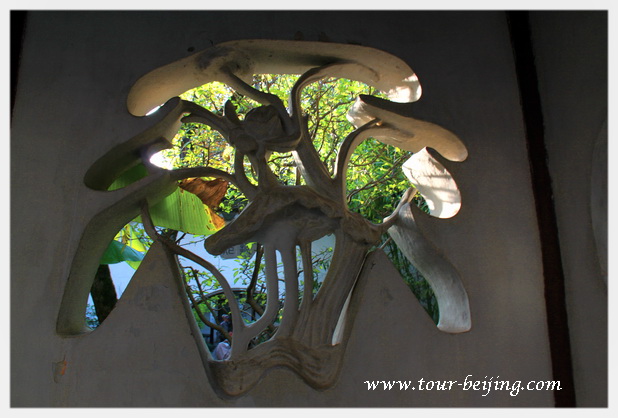
Ming Dao Hall was created by Zhang Shusheng (张树声), the governor of the twelfth year of Tongzhi in the Qing Dynasty. Used to be the venue for meetings and lectures. Now it is an open venue for religious activities attached to a temple.
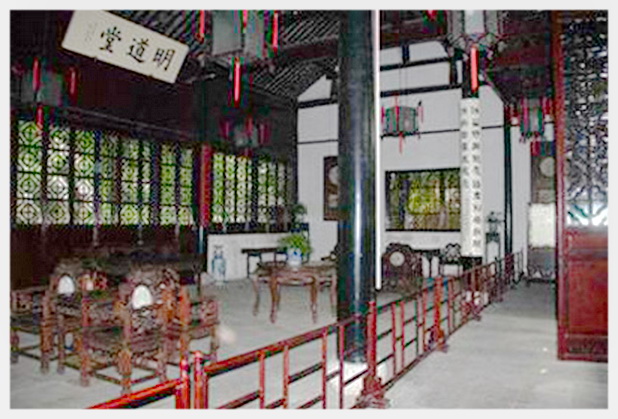
Tip: Hassle-free Jiangsu Guided Tours
If you don’t want to do a self-guided tour and prefer the hassle-free escorted tours, here are some options for organized tours to Jiangsu Province:
Suzhou Tour
Nanjing Tour
Jiangsu Tour
Further Readings
Top 10 Attractions in Suzhou
How to Visit Tongli Water Town
How to Visit Zhouzhuang Water Town
How to Visit Pingjiang Road in Suzhou
How to Visit The Garden of the Master of the Nets
How to visit Humble Administrator’s Garden
How to Visit Lion Grove Garden
How to Visit Canglang Pavilion
How to Visit Guanqian Street in Suzhou
4 Amazing Short Trip Ideas from Shanghai
Wuzhen Pictures – Wuzhen Photo Gallery
Zhouzhuang Pictures – Zhouzhuang Photo Gallery
Top 10 Attractions in Nanjing
How to Visit Nanjing Massacre Memorial Hall
How to Visit Nanjing Confucius Temple-The Qinhuai River Scenic Area
How to Visit Zhonghua Gate Nanjing
How to Visit Nanjing Yangtze River Bridge
How to Visit Linggu Temple Scenic Area
Sun Yat-sen Mausoleum Music Stage
How to Visit Dr. Sun Yat-sen’s Mausoleum
How to Visit Ming Xiaoling Mausoleum
How to Visit Nanjing Presidential Palace
Nanjing South Railway Station
Nanjing Taxi: Nanjing Taxi Fares, Tips and Phones
Suzhou Railway Station
Suzhou Taxi: Suzhou Taxi Fares, Tips and Phones
Any questions, just drop a line.





